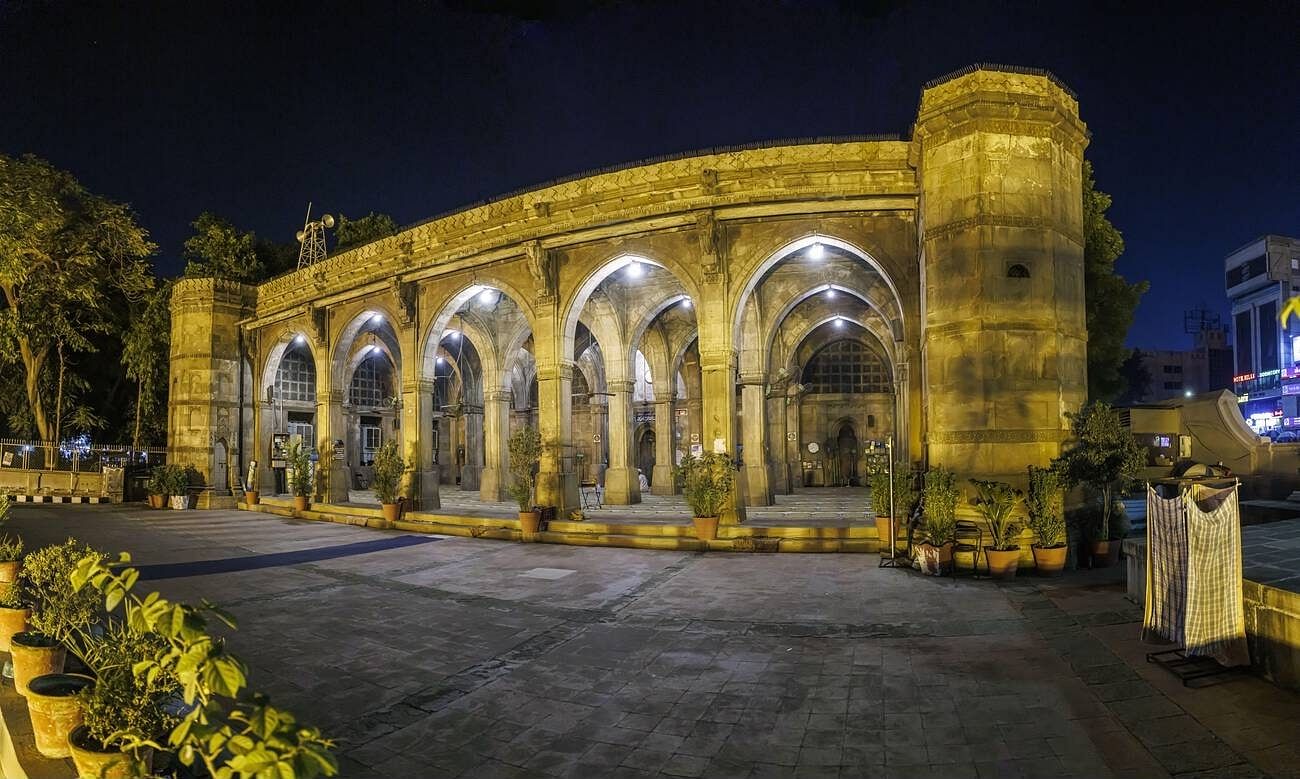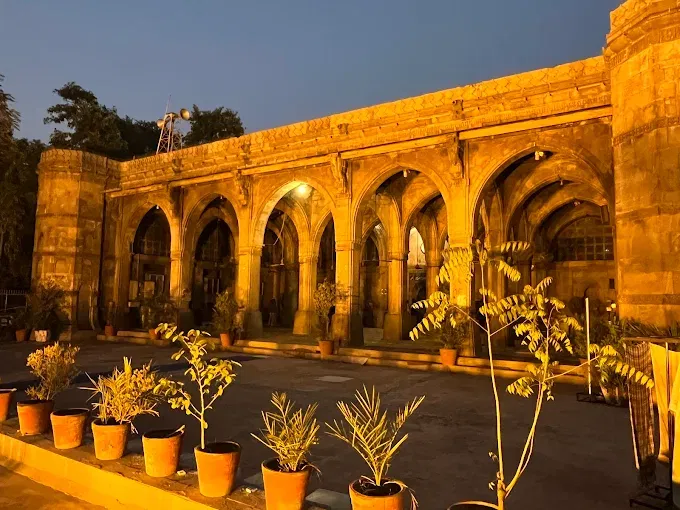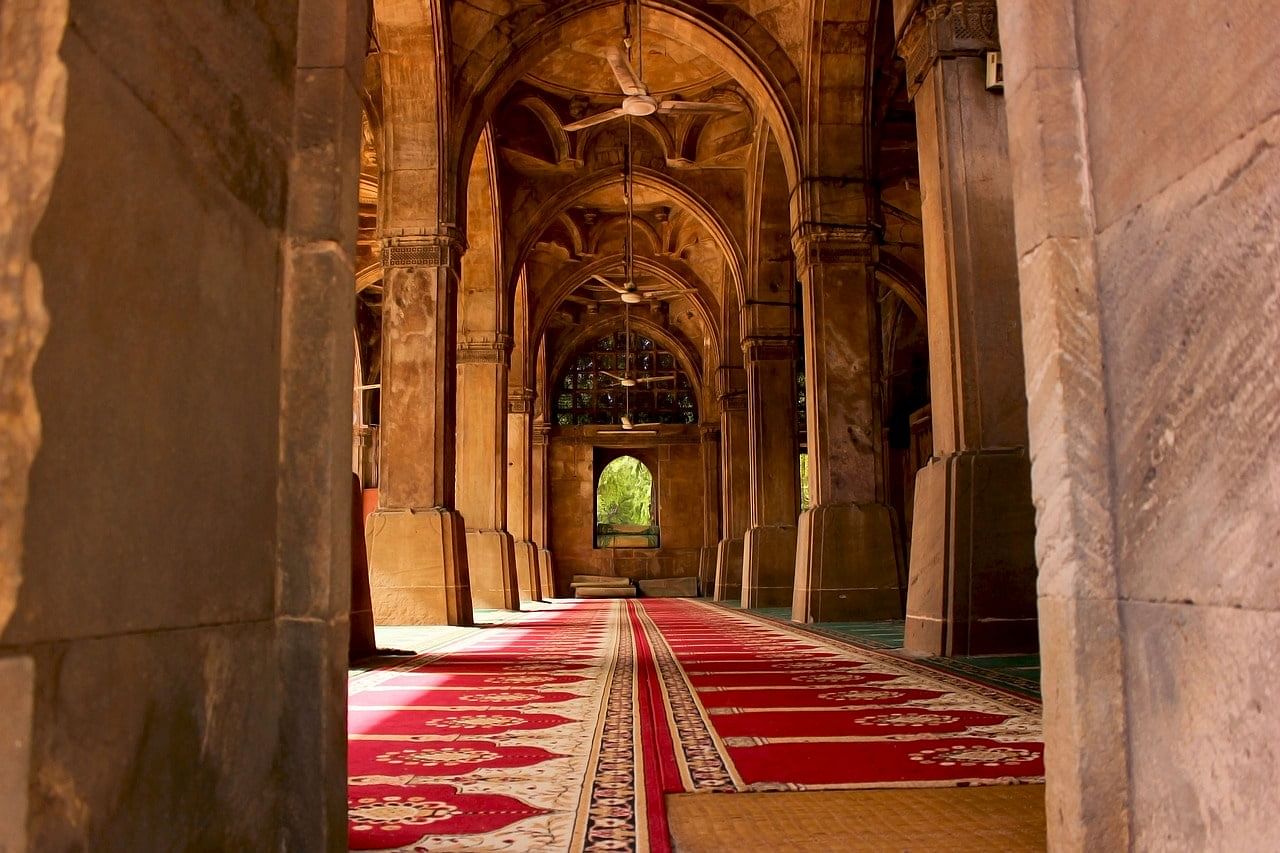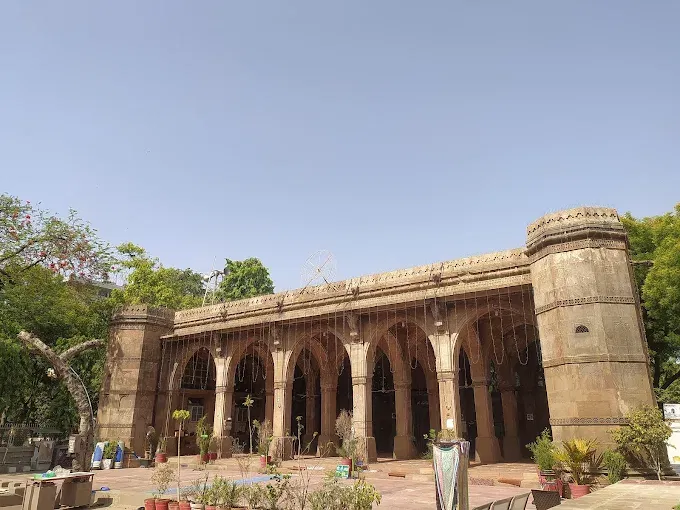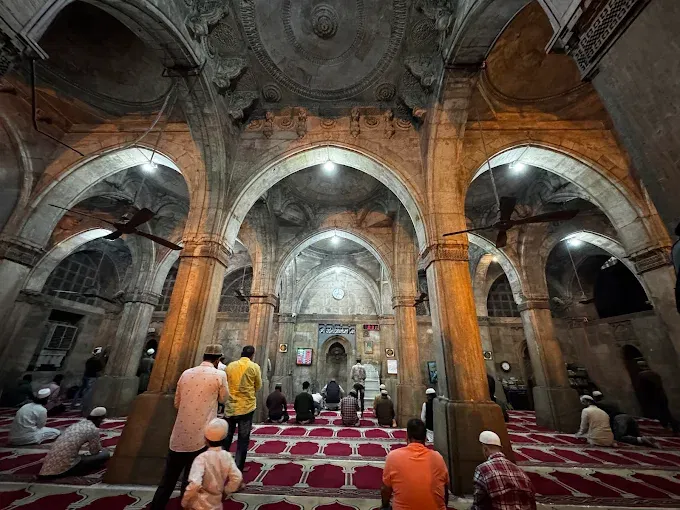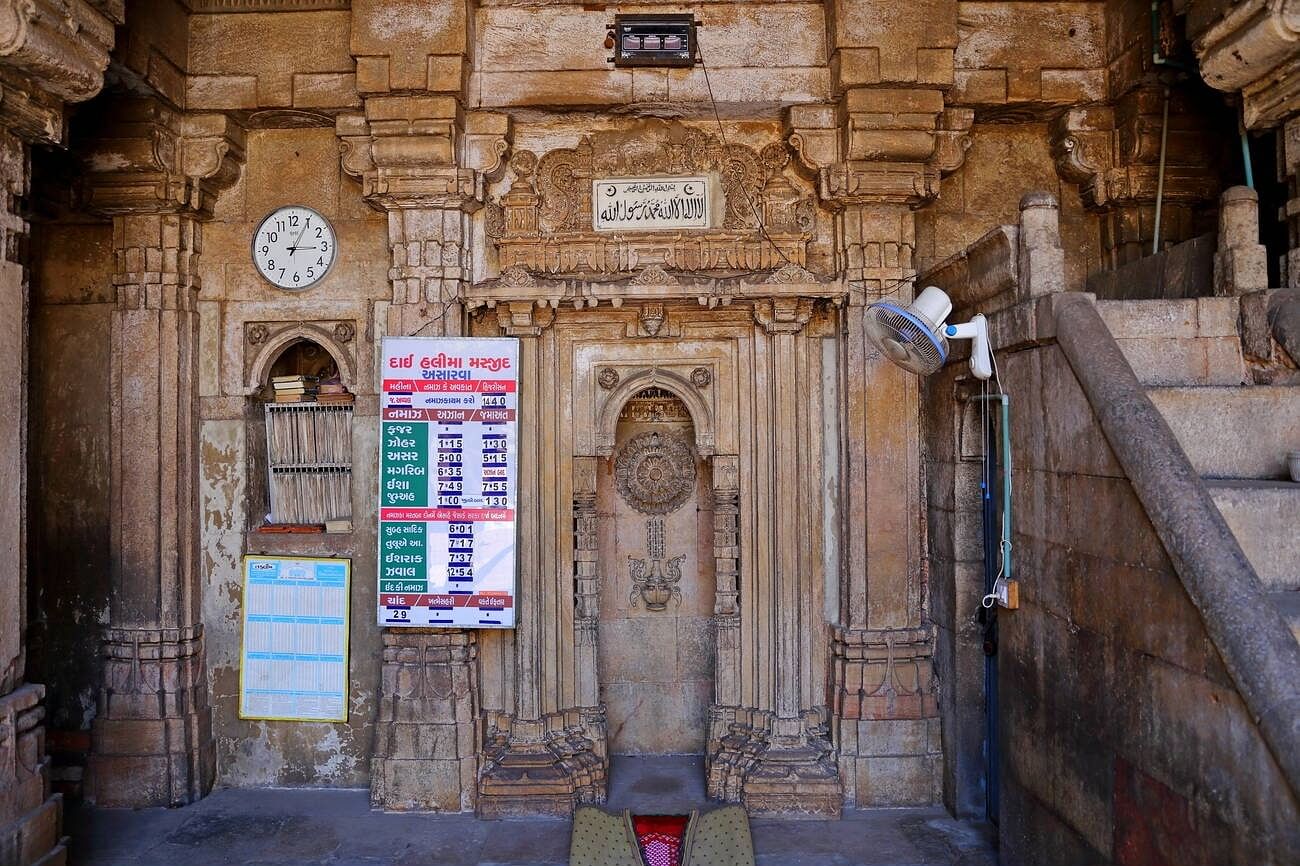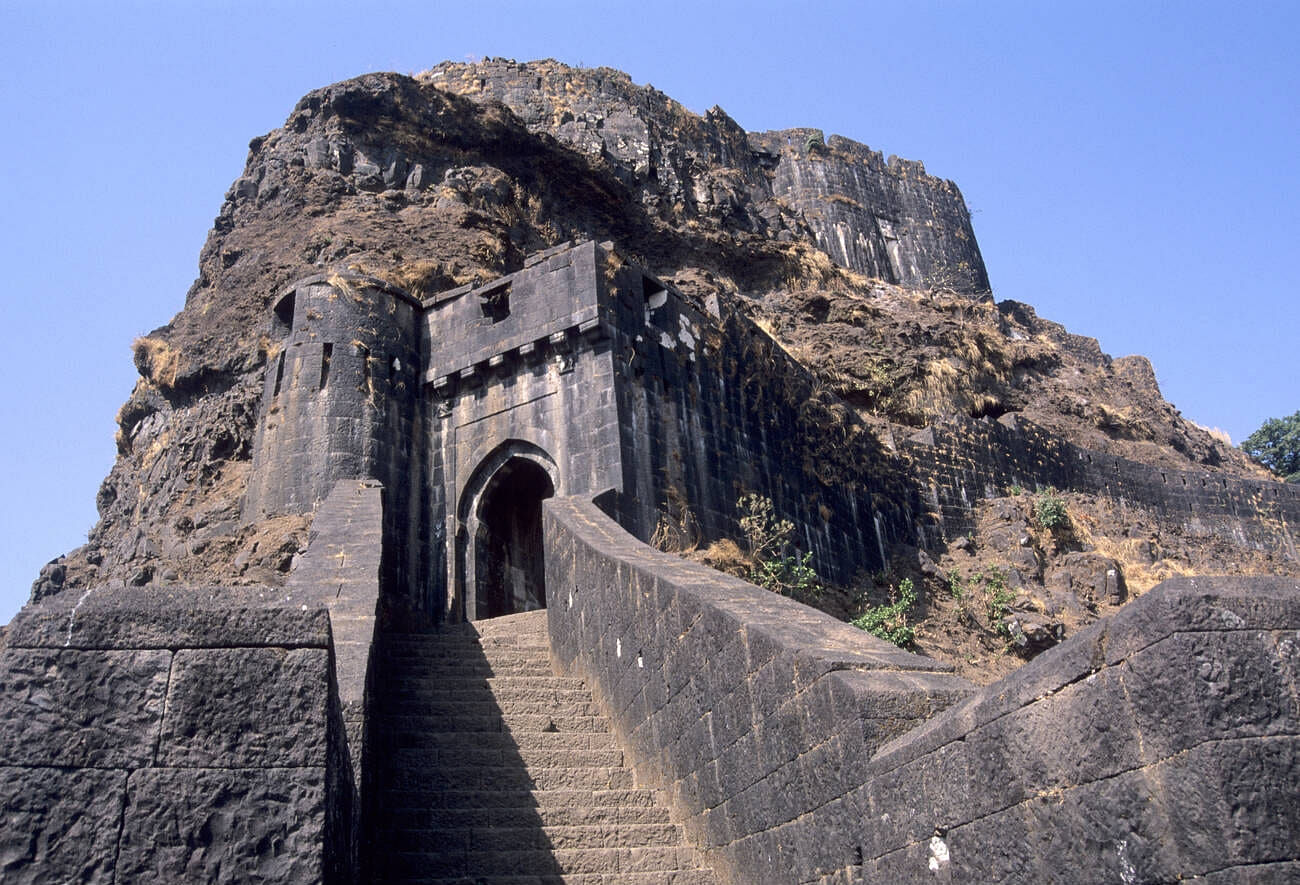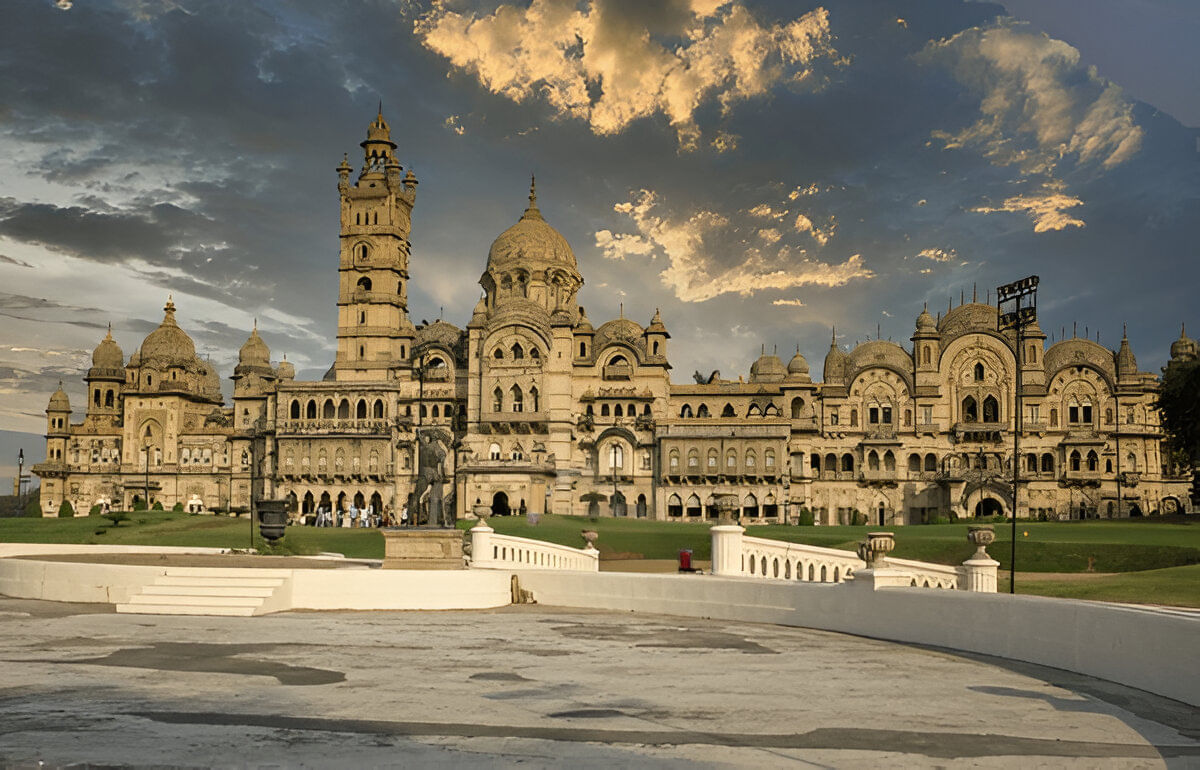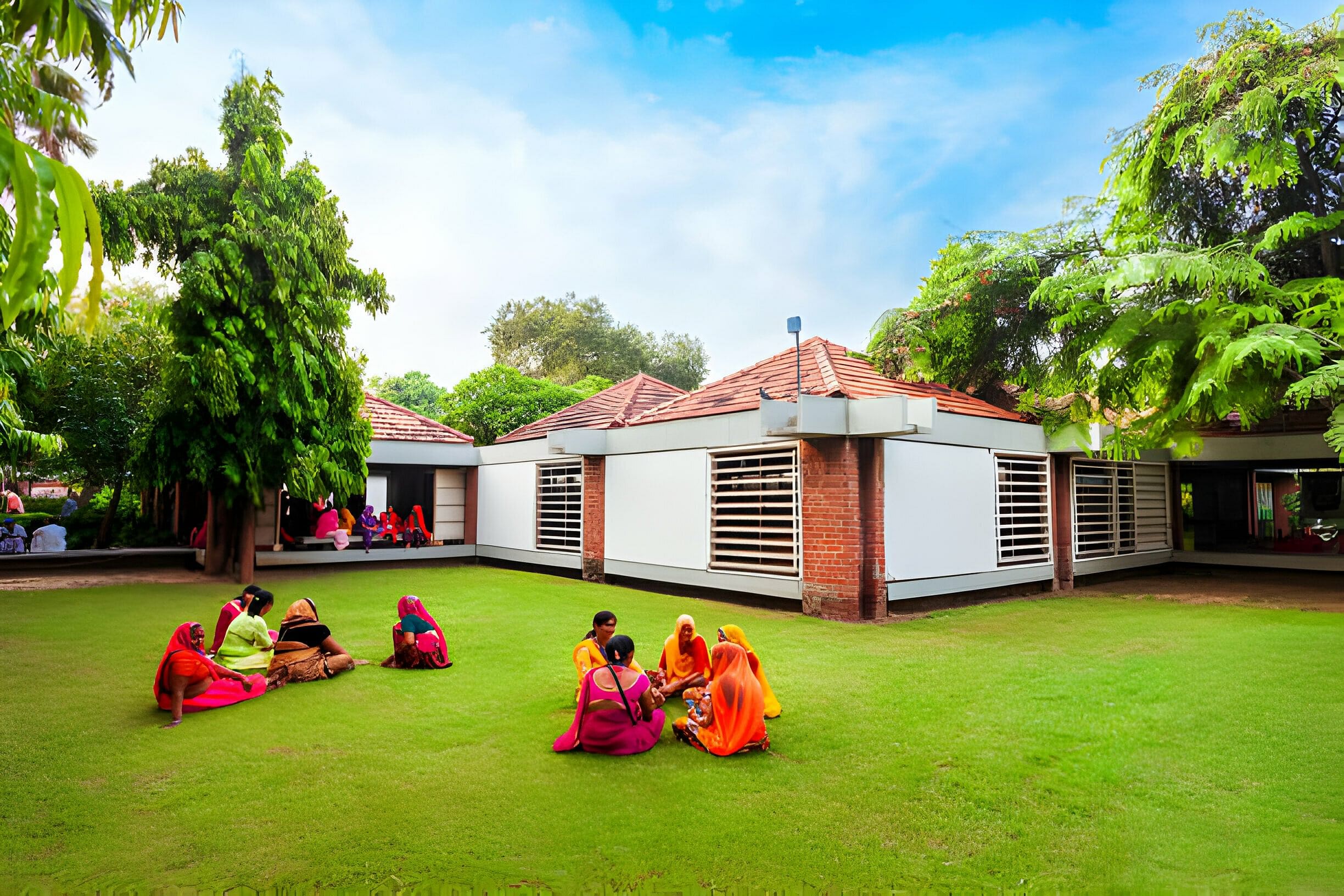Planning your next India trip ? If you’re heading to Ahmedabad, there’s one stop you absolutely can’t miss — the Sidi Saiyyed Mosque. Nestled in the heart of the city, this mosque is famous for its stunning Sidi Saiyad Ni Jali, a carved stone window that’s become an iconic symbol of Ahmedabad’s rich heritage. Stepping into the mosque feels like stepping back in time — the quiet courtyard, the elegant arches, and the intricate latticework immediately transport you into the grandeur of medieval India.
At WanderOn, we love showcasing hidden gems like this, where history and art meet. Even though it’s not a sprawling fort or palace, Sidi Saiyyed Mosque’s charm lies in the tiny details — every stone tells a story. Whether you’re a history buff, an architecture lover, or just someone who enjoys soaking in the beauty of old monuments, this mosque is the perfect blend of culture, art, and tranquillity.
History of Sidi Saiyed Mosque
The story of the Sidi Saiyyed Mosque begins in 1573, during the reign of Ahmed Shah I. It was built by Sidi Saiyyed, an African noble who served under the Sultanate of Ahmedabad. Unlike grand palaces, this mosque was intended to be a modest place of prayer, but it has stood the test of time because of its remarkable architecture.
What makes the mosque legendary is the Sidi Saiyad Ni Jali — an exquisitely carved stone lattice that seems delicate yet has survived centuries. Each pattern is symbolic, blending geometric shapes with floral designs, showcasing the skill of artisans from the 16th century. The mosque’s simple exterior hides a treasure trove of art inside, making it a must-visit for anyone curious about Islamic architecture. Today, it’s not just a monument but a symbol of Ahmedabad’s rich cultural past, drawing tourists and history enthusiasts alike to admire its beauty.
Suggested Read: Places To Visit In Agra In One day
Architecture & Design of Sidi Saiyyed Mosque
The most famous feature is the Sidi Saiyad Ni Jali, a stunning stone lattice window. Its intricate geometric and floral patterns are carved from a single stone, reflecting the skill of 16th-century artisans. The jali lets sunlight and breeze through, creating a mesmerizing play of light inside the mosque.
2. Elegant Arches and Domes
The mosque has a series of graceful arches supporting small domes, giving it a serene and airy atmosphere. These arches are decorated with subtle carvings, balancing simplicity and beauty, showcasing the Indo-Islamic architectural style perfectly.
Unlike large palaces, the mosque has a small rectangular courtyard surrounded by prayer halls. Its modest design emphasizes meditation and devotion while highlighting the detailed craftsmanship of the stonework.
4. Stone Carvings Everywhere
From pillars to walls, every inch of the mosque features delicate carvings. Floral motifs, geometric shapes, and latticework combine to make the mosque a visual masterpiece admired by tourists and photographers alike.
How to Reach Sidi Saiyyed Mosque
- By Bus: Ahmedabad is well-connected by public buses. From Ahmedabad city center, it’s about 3 km, taking roughly 15–20 minutes depending on traffic. Buses are frequent and affordable for local travelers.
- By Train: The nearest railway station is Ahmedabad Junction, just 3.5 km away. From here, you can take an auto-rickshaw or taxi to the mosque in 10 minutes.
- By Road/Car: From Sardar Patel Ring Road, the mosque is around 4 km, a 15-minute drive. Taxis, Uber/Ola, and self-drive cars are convenient options.
- By Air: The nearest airport is Sardar Vallabhbhai Patel International Airport, about 14 km from the mosque, roughly a 30-minute drive. Taxis or ride-sharing apps are recommended.
Things to Do at Sidi Saiyyed Mosque
Here are the list of best things to do at Sidi Saiyyed Mosque which is also one of the amazing things to do in Ahmedabad:
- Admire the Jali Window: Spend time observing the Sidi Saiyad Ni Jali, a marvel of stone carving. Take photographs, notice the details, and appreciate how sunlight filters through the patterns.
- Explore the Courtyard: Walk around the compact courtyard, feeling the serene atmosphere. It’s perfect for quiet reflection and to observe Islamic architectural symmetry.
- Photography & Sketching: The mosque is a favorite spot for photographers and artists. Capture arches, domes, and carvings from multiple angles — a paradise for creative minds.
- Learn About History: Read plaques or hire a guide to understand the mosque’s history, the artisans, and Sidi Saiyyed’s role in Ahmedabad’s heritage. It adds depth to your visit.
- Nearby Cultural Walks: Combine your visit with a stroll in old Ahmedabad streets nearby. Explore markets, traditional havelis, and other heritage sites to complete your cultural experience.
Suggested Read: 15 Best Gandhinagar Tourist Places
Best Time to Visit Sidi Saiyyed Mosque
Visiting Sidi Saiyyed Mosque is best when the weather is comfortable and the sunlight enhances the beauty of the stone carvings. Winter (November to February) is ideal — cool temperatures make exploring the mosque and nearby streets enjoyable.
The monsoon season (July to September) can be magical too. Rain-washed streets and soft light bring out the charm of the Sidi Saiyad Ni Jali, though heavy showers may restrict movement.
For travellers who love photography, early mornings or late afternoons are perfect. The sunlight streaming through the lattice windows creates stunning patterns inside the mosque, making your visit memorable.
Sidi Saiyyed Mosque Timings & Entry Fee
One of the best places to visit in Ahmedabad, this mosque is open from 9:00 AM to 6:00 PM, giving plenty of time to admire its architecture and enjoy photography.
Entry is generally free, but donations are welcome to help preserve the historic site. Visitors are encouraged to respect the quiet and follow cultural etiquette, making it a peaceful place for worshippers and tourists alike.
The timing allows you to explore the mosque alongside nearby heritage sites, making a morning or afternoon trip very convenient. Weekend visits are popular, so arriving early is recommended to avoid crowds.
Travel Tips for Visiting Sidi Saiyyed Mosque
- Dress Modestly – Wear clothes that cover your shoulders and knees.
- Photography – Early morning or late afternoon light is best for photos of the jali.
- Visit Timing – Winters or mornings are ideal to avoid heat and crowds.
- Explore Nearby – Combine your visit with Bhadra Fort, Jama Masjid, or Manek Chowk.
- Respect the Mosque – Keep noise low, do not litter, and follow local rules.





